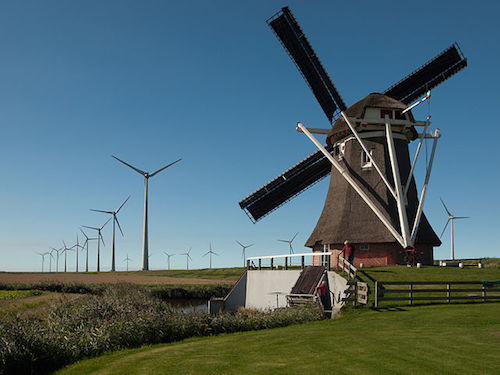 Culture & Ethics
Culture & Ethics
 Medicine
Medicine
The Netherlander Euthanasia Contagion

Newsweek has a long article — in which I briefly appear — exploring how and why the euthanasia monster broke its fetters to turn the Netherlands into ground zero for the culture of death (now seriously challenged by the even more death-enthusiastic Belgians).
Reporter Winston Ross interviewed experts and the impacted on both sides of the issue, so you should read the whole thing. What I wanted to share here, are the theories about why Netherlanders have permitted euthanasia with virtually no meaningful limits.
First, media propaganda. From "Dying Dutch:
Once a supporter of euthanasia, he’s now one of its most vocal critics. Among the reasons for the euthanasia boom, Boer suggests, is propaganda. Over the past decade, he says, Dutch journalist Gerbert van Loenen has been tracking a series of documentary films that depict euthanasia in a wholly positive light.
"They do ask certain questions," [Theo] Boer says. "But they systematically ignore most critical questions, so that the general public is presented with an opinion that is completely good, and has no risks. This is contagious."
We’ve seen the same pattern here: Brittany Maynard! And the shamefully inadequate and incomplete reporting about Jack Kevorkian that transformed a ghoul into a Muppet.
Once the principle that killing is the proper response to suffering infects a society’s bone marrow, there are no ultimate limits that can hold.
Once a society falls of the euthanasia cliff, there is no bottom. Hence, the Dutch 12-year-old lower limit on medicalized killing is now under assault, no doubt soon to collapse (following the Belgian example):
Pediatrician Eduard Verhagen [who created the infant killing bureaucratic checklist known as the Groningen Protocol] helped establish the Dutch euthanasia guidelines for infants. He says the law should go further. "If we say the cutoff line is age 12, there might be children of 11 years and nine months who are very well capable of determining their own fate and making their own decisions, but they’re not allowed to ask for euthanasia."
It is hard to imagine an American pediatrician making that argument. But no one envisioned euthanasia in the Netherlands would expand the way it has in the past 13 years. Perhaps the U.S. isn’t far behind.
We aren’t. It’s just a matter of convincing enough of us to discard our hold on the intrinsic importance of human life and to accept the Kevorkian prescription.
That is the ultimate and inescapable point: It’s the principle of the thing that controls, not temporary and politically expediences of putting in "guidelines" that are really intended to merely give the appearance of control.
Euthanasia consciousness is virulent. Unless society is inoculated by a firm embrace of human exceptionalism, Dying Dutch will become Dying Canadian, Dying American, Dying British, etc. The story will be the same even if written in a different language.
Image by Uberprutser (Own work) [CC BY-SA 3.0 nl], via Wikimedia Commons.
